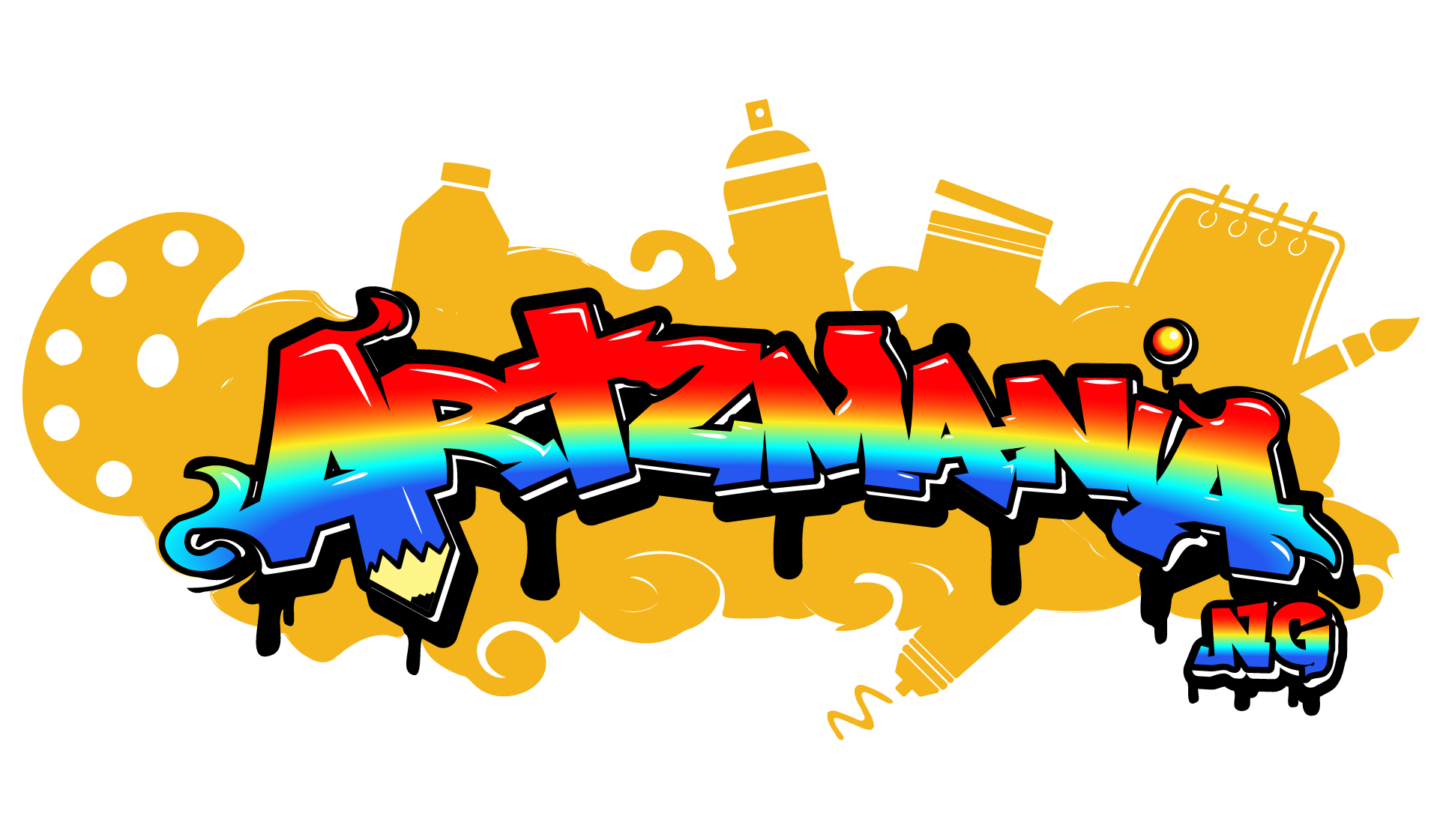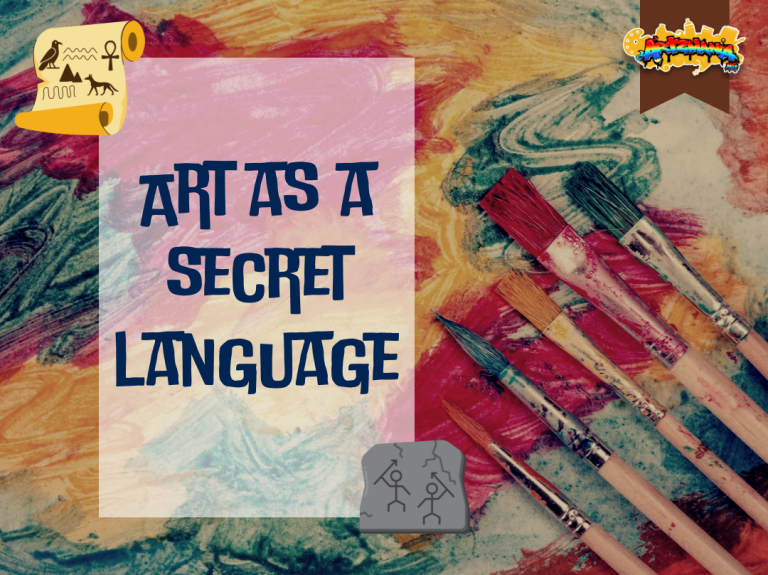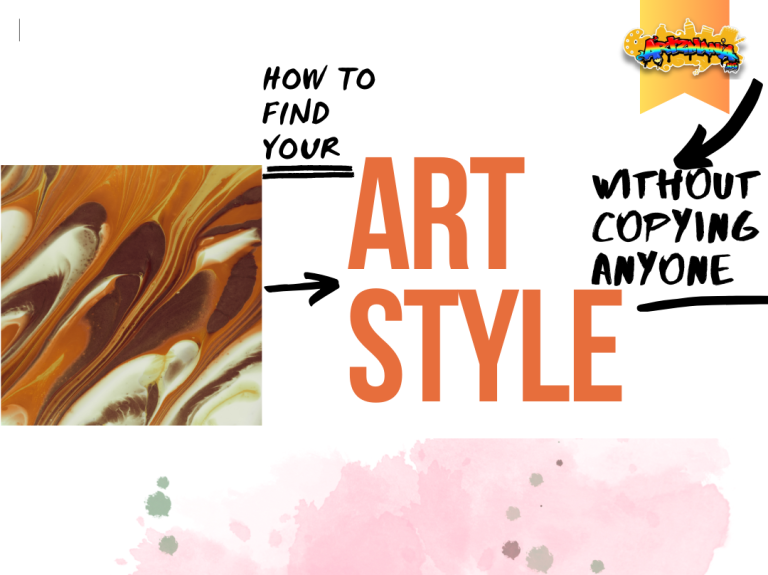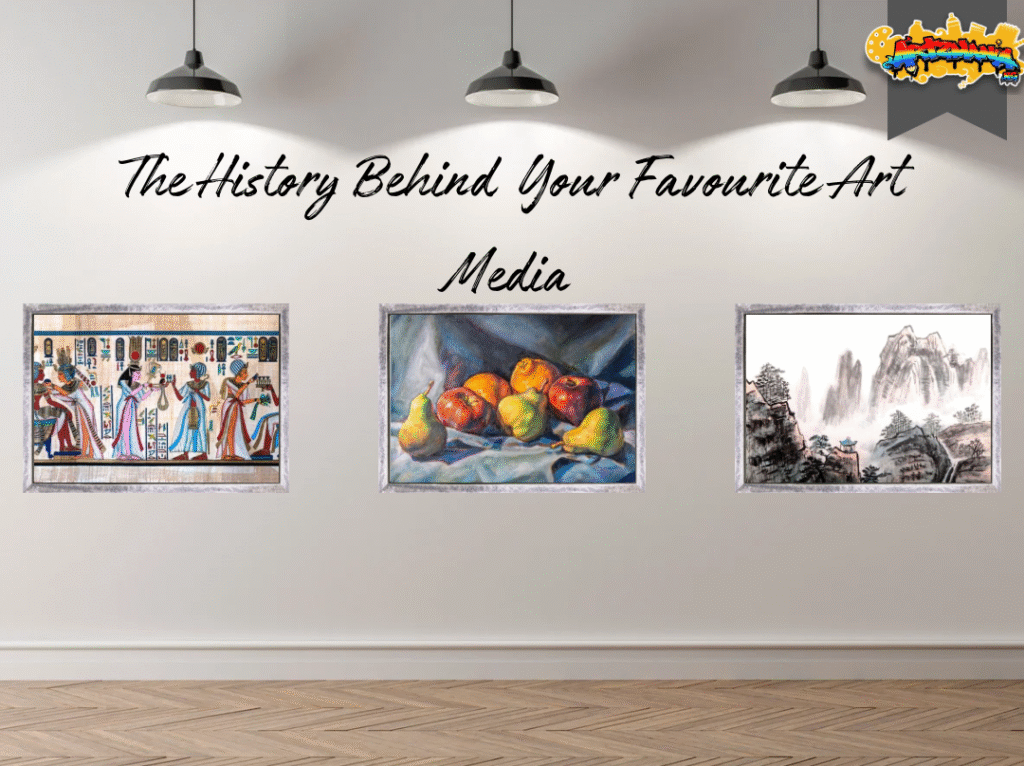
Every brushstroke you make carries more history than you might imagine. The paints, pencils, and inks we reach for so casually were once the cutting-edge inventions of their time, born in ancient caves, royal courts and scientific labs.
Behind every medium lies a story of curiosity and creativity, of artists and alchemists pushing boundaries in pursuit of beauty. Let’s take a step back and uncover how your favourite tools came to be.
Acrylic Paint – The Modern Marvel
Acrylic paint might feel timeless, but it’s actually one of the youngest players in the art world. It was first developed in the 1930s, when scientists discovered how to turn synthetic resins into quick-drying pigments. By the 1950s, artists like Andy Warhol and Helen Frankenthaler were using it to make bold statements that oil paints just couldn’t match.
One of acrylic’s greatest strengths is its adaptability. It can mimic almost any medium; thick and textured like oil, or thin and fluid like watercolour. Artists could now build layers quickly without waiting days for paint to dry. It also worked on everything from canvas and paper to wood, glass, metal and even fabric. This freedom inspired entire movements, from Pop Art to Abstract Expressionism, and continues to spark creativity in fine artists, designers and DIY creators today.
Acrylic paint also revolutionized the practical side of art-making. Its non-toxic, water-based formula made cleanup easy and safer compared to oil solvents. Over time, manufacturers improved the formula, creating heavy-body, fluid, and interference acrylics that respond to every artistic whim, from thick impasto textures to delicate glazes.
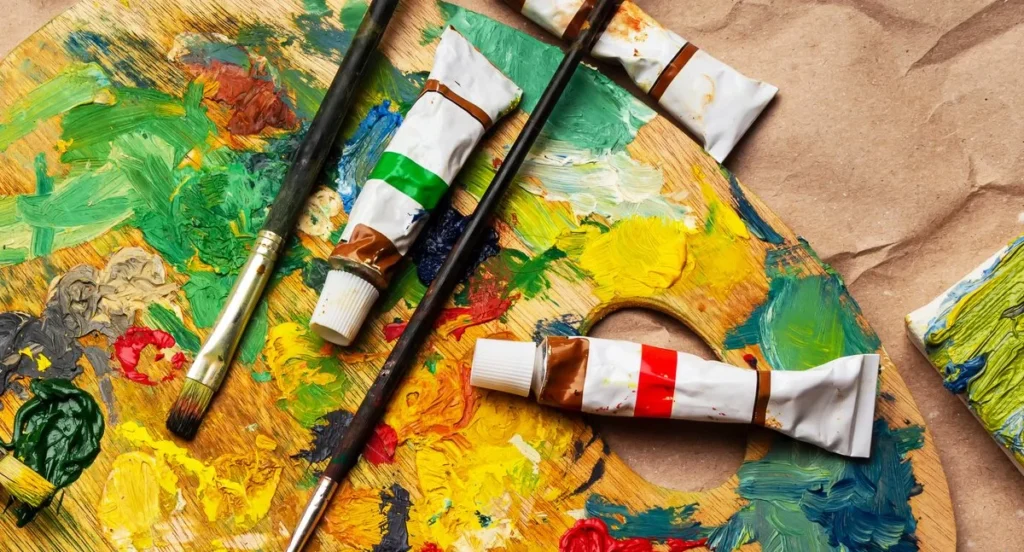
Image Credit: Google
Watercolour – The Ancient Flow
Watercolour may seem delicate and light, but it’s one of the oldest painting techniques known to humankind. Ancient Egyptians used watercolour-like pigments to decorate papyrus scrolls, creating vivid depictions of gods, daily life and nature using natural earth pigments mixed with water and gum.
The technique flourished again during the Renaissance, when artists like Albrecht Dürer elevated watercolour from a decorative craft to a fine art. Dürer’s intricate studies of plants, animals and landscapes captured detail and luminosity that oil paint couldn’t match. Watercolour became the perfect medium for botanical studies, scientific illustrations, and travel journals, as explorers and naturalists sought to record the world’s wonders with colour and precision.
By the 18th and 19th centuries, watercolour found its poetic side. British artists like J.M.W. Turner transformed the medium into something emotional and atmospheric, capturing storms, sunsets, and seascapes in swirls of translucent colour.

Image Credit: Google
Graphite Pencils – From Silver to Simplicity
Before pencils, artists used silverpoint, literally a thin stick of silver to draw fine lines on specially coated surfaces. Then, in the 1500s, everything changed when a massive deposit of pure graphite was discovered in Borrowdale, England. Locals thought it was a form of lead (hence the term “pencil lead” that still sticks today), but this smooth, dark material turned out to be pure carbon; soft, erasable, and perfect for drawing.
Artists instantly fell in love with it. Unlike metalpoint, graphite allowed for freedom and fluidity. You could smudge, shade and erase. By the 1600s, the first wood-cased pencils appeared, crafted by encasing graphite sticks in wood to prevent them from breaking and staining hands. The design was simple but genius, and it hasn’t changed much in over 400 years.
In the 18th century, the Hardmuth family of Austria and later Nicolas-Jacques Conté of France developed new ways to mix powdered graphite with clay, creating pencils of varying hardness. This innovation gave birth to the HB scale we still use today; from hard, light H grades to soft, dark B grades, giving artists endless options for tone and texture.
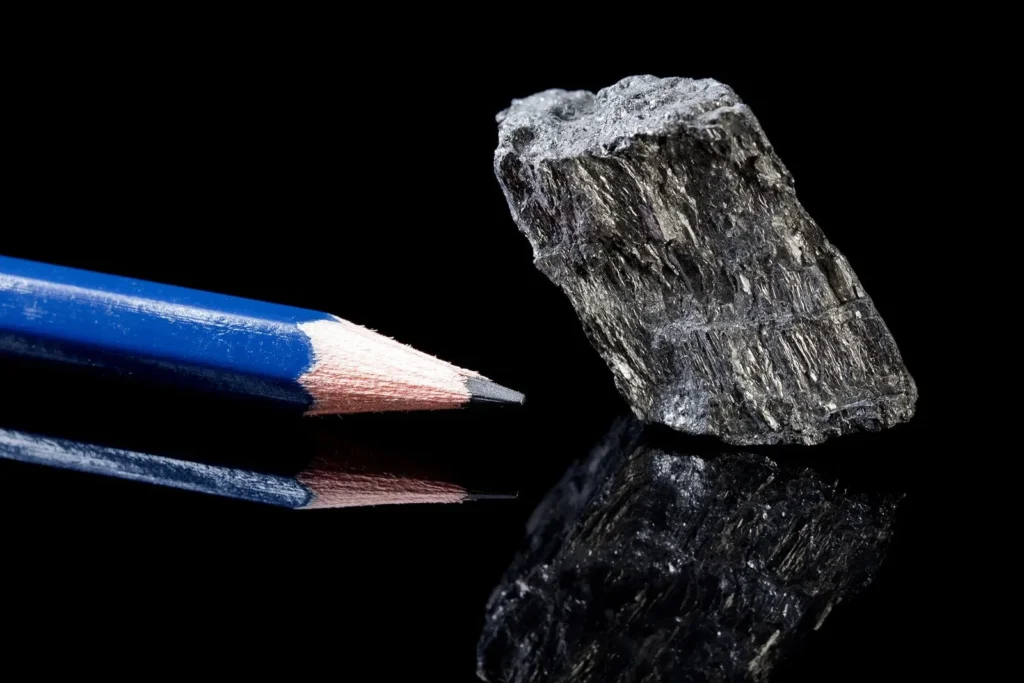
Image Credit: Google
Oil Paint – The Old Master’s Secret
Oil painting didn’t just appear out of nowhere. It evolved over centuries, with early experiments by medieval monks who mixed pigments with oils to illuminate manuscripts. But it wasn’t until the 15th century that artists like Jan van Eyck perfected it, unlocking a richness and depth that made every portrait glow from within.
Renaissance painters made their pigments from crushed gemstones, minerals and plants. Ultramarine blue came from lapis lazuli, one of the most expensive materials in the world at the time. Infact, Van Gogh mixed sand into his oil paints to add texture and grit to his brushstrokes. Interestingly, some of the oil paintings created over 500 years ago are still drying, that’s how slowly oil paint can cure under certain conditions!
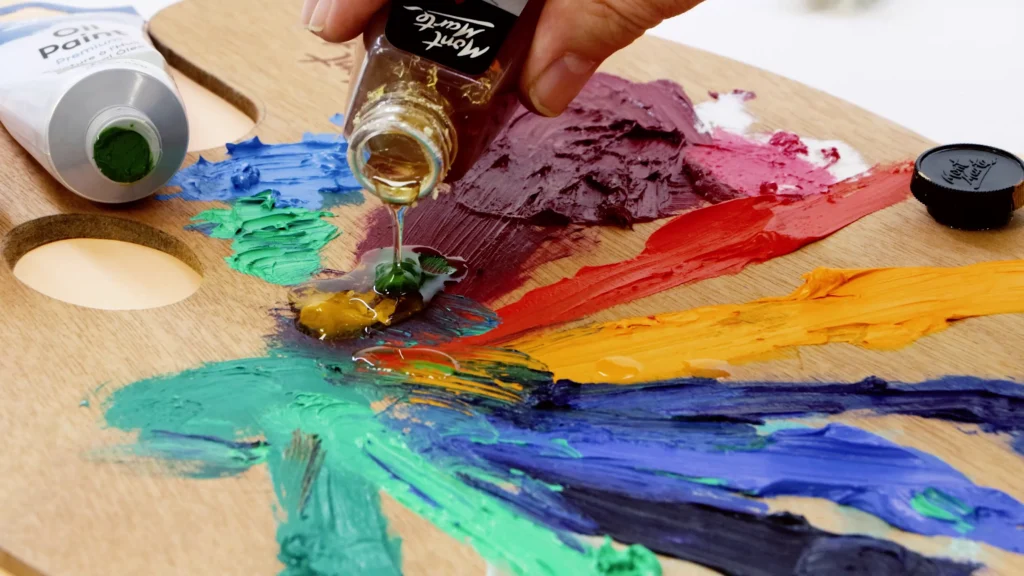
Image Credit: Google
Ink – The Storyteller’s Medium
From Chinese calligraphy scrolls to comic book panels, ink has been the backbone of storytelling for over 3,000 years. It’s both ancient and ever-evolving, used by monks to copy sacred texts and by modern illustrators to define entire worlds. The earliest inks were born in ancient China around 2500 BCE, crafted from soot, animal glue, and plant materials. These rich, black pigments powered the rise of calligraphy.
Even today, ink continues to evolve. Artists experiment with alcohol inks, gel pens, and digital brushes, blending ancient tradition with modern innovation. Yet no matter the form, ink remains what it has always been: raw, expressive and permanent. Once your mark is made, it’s there. Unapologetic and full of life.
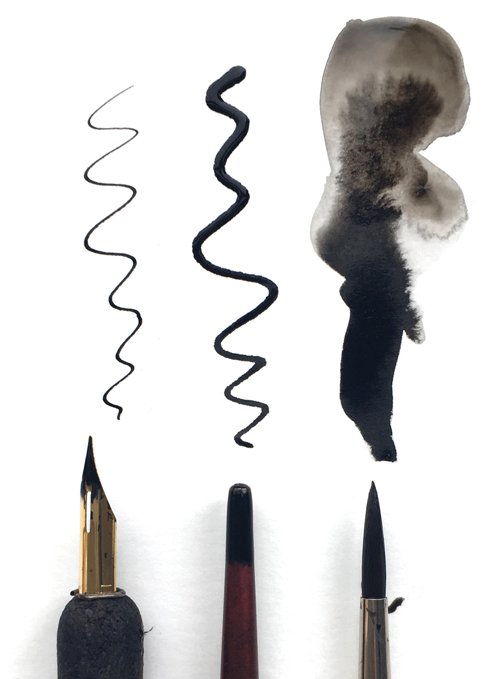
Image Credit: Google
So, What’s Yours?
Whether you’re a paint-splasher, sketchbook-doodler, or digital dreamer, every medium carries history in its colour and texture. Next time you dip your brush or sharpen your pencil, take a moment to appreciate that you’re part of a lineage, artists from centuries past have felt that same spark of creation.
